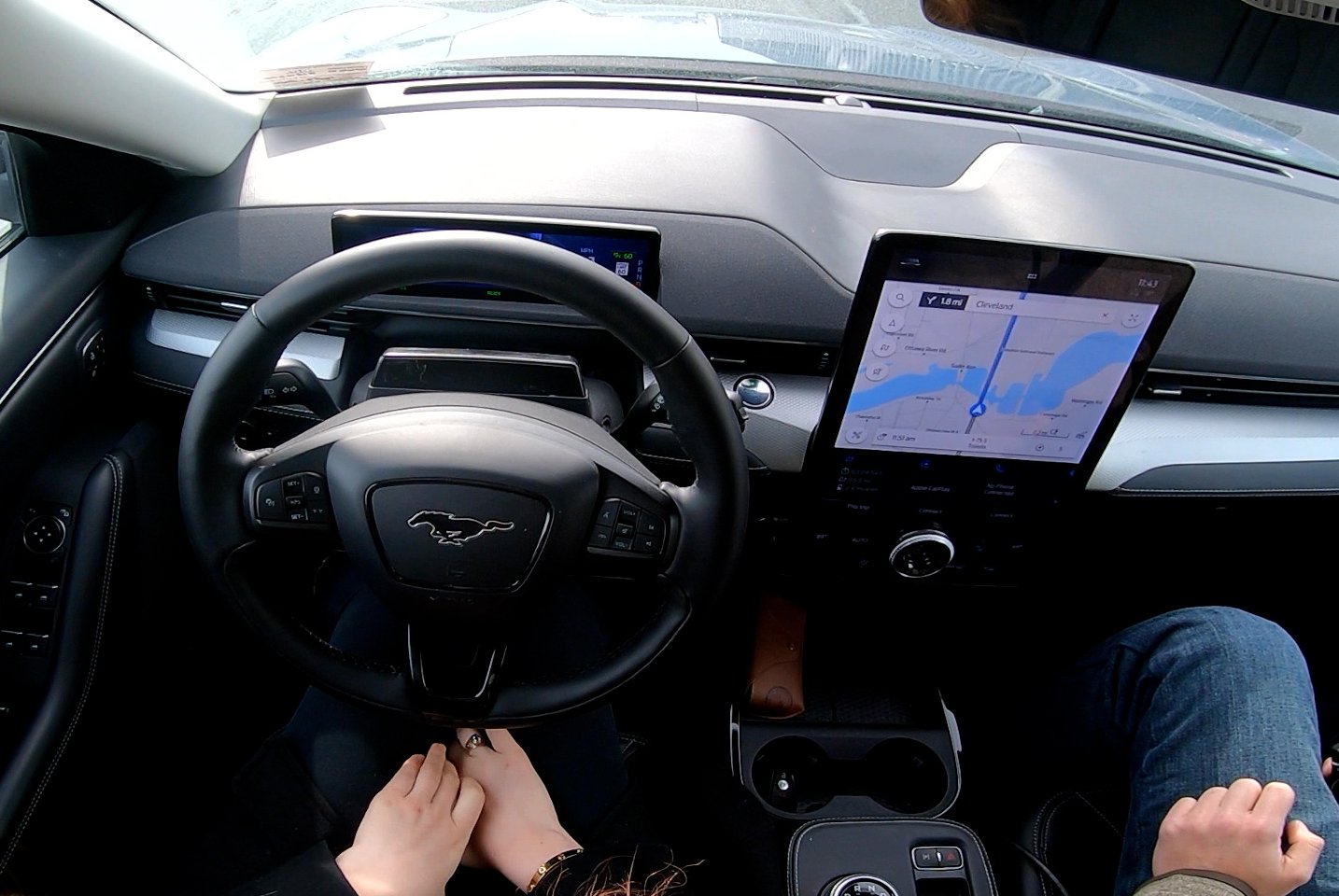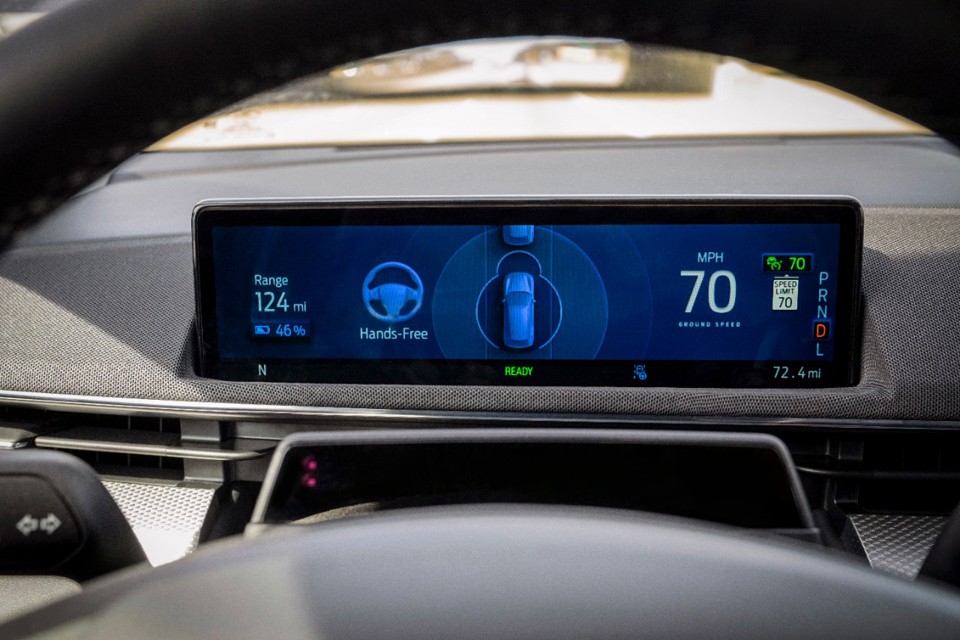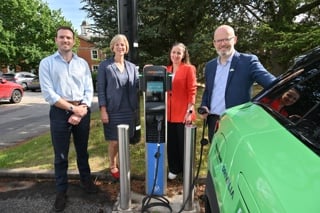Ford’s hands-off driver assistance system BlueCruise is being investigated by safety regulators after two fatal crashes in the US.
In both incidents, the Ford Mustang Mach-E cars collided with vehicles at night that were stationary, according to the National Highway Traffic Safety Administration (NHTSA).
In the first incident, a Ford Mustang Mach-E using BlueCruise struck a stationary Honda in February, killing the 56-year-old driver of the stopped car. The other crash involved occurred in March in Philadelphia.
Ford told the BBC that it was working with NHTSA "to support its investigation".
BlueCruise was approved for use on UK motorways by the Department for Transport (DfT) last year.
The system monitors road markings, speed signs and evolving traffic conditions to control steering, acceleration, braking and lane positioning, as well as to maintain safe and consistent distances to vehicles ahead – right down to a complete halt in traffic jams.
Currently it is the only permitted driver assistance technology to allow hands to be taken off the wheel in the UK.

The NHTSA says its preliminary probe will focus on the driver monitoring aspect of the system, as well as how well it generally performs driving tasks.
The two crashes that prompted the new probe are being investigated separately by another safety body, the National Transportation Safety Board (NTSB).
BlueCruise is classified as a Level 2 autonomous system and can be activated on 2,300 miles of pre-mapped motorways in England, Scotland and Wales, designated as Blue Zones. Drivers must remain attentive at all times and are monitored by an infrared camera continually.
If the system detects driver inattention, warning messages are first displayed in the instrument cluster, followed by audible alerts, brake activations, and finally slowing of the vehicle while maintaining steering control.
Similar actions are performed if the driver fails to place their hands back on the steering wheel when prompted when leaving a Blue Zone.
Ford says its engineers undertook 100,000 miles of testing on European roads to validate advanced driver assistance systems, including BlueCruise and its supporting features, in addition to more than 600,000 miles covered in the US and Canada before the system was introduced to those markets in 2022.
Validation drives in Great Britain, said Ford, helped prove out the ability to handle circumstances drivers encounter every day, such as worn-out lane markings, poor weather and roadworks.
The DfT did not comment on the US investigation, but said the system’s approval for use in the UK was issued following a rigorous examination and assessment process.























Login to comment
Comments
No comments have been made yet.